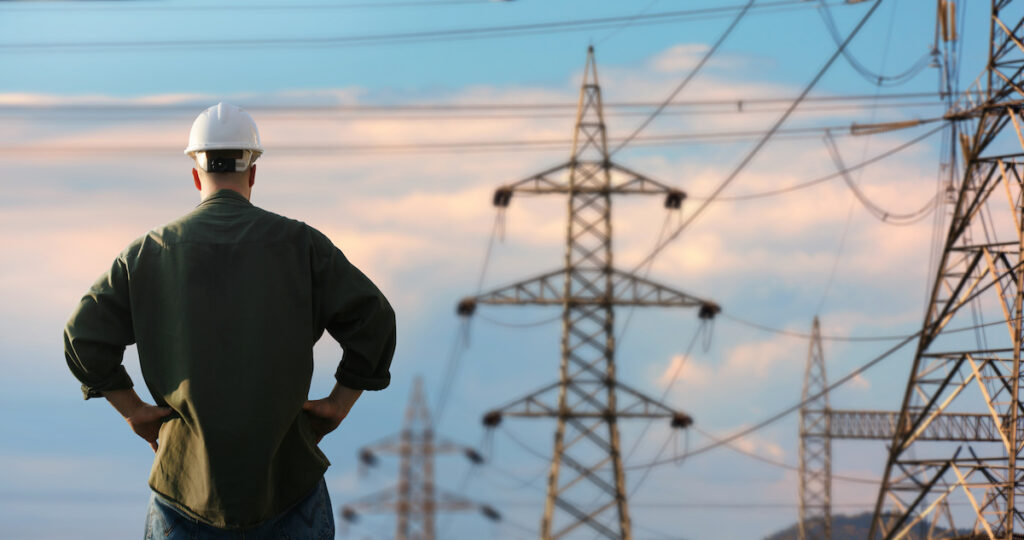
Features
The role of radar in the protection of utilities
November 28, 2023 By Yaron Zussman
 Image: imagedepotpro / iStock / Getty Images Plus
Image: imagedepotpro / iStock / Getty Images Plus Utility organizations, like other critical infrastructure sites, are faced with ever-present challenges to protect their facilities, people and assets.
Whether the locations are power generation plants, substations, water treatment facilities or solar farms, utilities must be prepared to protect against a multitude of dangers, including vandalism, equipment theft and the growing threat of domestic terrorism.
A recent spate of attacks in the United States on electrical substations, for example, is calling renewed attention to vulnerabilities in critical infrastructure security.
In particular, questions are being raised about the protection of these smaller, ancillary facilities, which can be cost-prohibitive and challenging for organizations to fully protect.
Depending on the size of the utility organization, these sites can number in the hundreds and are often located in remote areas, far from the main communications infrastructure. This can leave the site vulnerable to copper thieves or vandals who destroy a circuit breaker or transformer, which can require repair and replacement of parts and result in the costly disruption of services to utility customers.
Fencing and traditional CCTV coverage have long been mainstays for perimeter protection but can quickly become expensive when providing coverage for large installations or significant deployments, such as for substations or cellular tower clusters. These costs are reflected not only in the hardware and related infrastructure but also in installation costs such as trenching, poles, electrical and network wiring.
With a limited field of view, many pole-mounted cameras are needed in order to obtain 360-degree perimeter protection. While using analytics can help automate detection and streamline monitoring operations, installation costs for camera-based systems are still high and require regular lens cleaning and maintenance to make sure the analytics are correctly calibrated and optimized for detection.
Radar technology and utilities
The combination of existing technologies such as ground-based radar detection — used for decades by utility organizations — with technology breakthroughs such as artificial intelligence (AI), has created new solutions that leverage the reliability, accuracy, ease of installation and low operational costs of radar and the visual capabilities of pan/tilt/zoom (PTZ) cameras and AI-infused video software.
These solutions are gaining recognition because of their ability to protect utility assets at a fraction of the cost of traditional solutions. Radar with AI can detect threats in all weather conditions and can also classify the detected threat as local wildlife or a potential intruder.
A single radar unit and PTZ camera combination can provide a wider field of view for detection and replace multiple cameras using video analytics. This can translate to significant cost savings when considering the infrastructure requirements of large perimeter camera deployments — cameras, poles, cabling and communications, and power infrastructure, as well as those associated with nuisance and false alarms, due to the radar’s reliability of detection and classification of potential threats.
For end users, fewer cameras also mean lower bandwidth costs and equipment maintenance expenses over the lifetime of the system.
The system is able to detect a potential target before it reaches the fence line, providing a system alert and directing a PTZ camera to the target’s location. After the AI-enabled analytics classifies the target as human, animal, vehicle or bike, software integrated into an organization’s video management platform can send an alert to operators of a verified event. This integration also enables organizations to centrally monitor detection events from a network of remote sites where radar is deployed.
Because a security breach has both financial and safety consequences, utilities need to protect their facilities to ensure the integrity and availability of essential services.
As utilities review their security options, radar is proving to be a cost-effective and reliable solution that can provide greater perimeter coverage than surveillance cameras alone.
Yaron Zussman is the general manager of Magos America (www.magosys.com).
Print this page